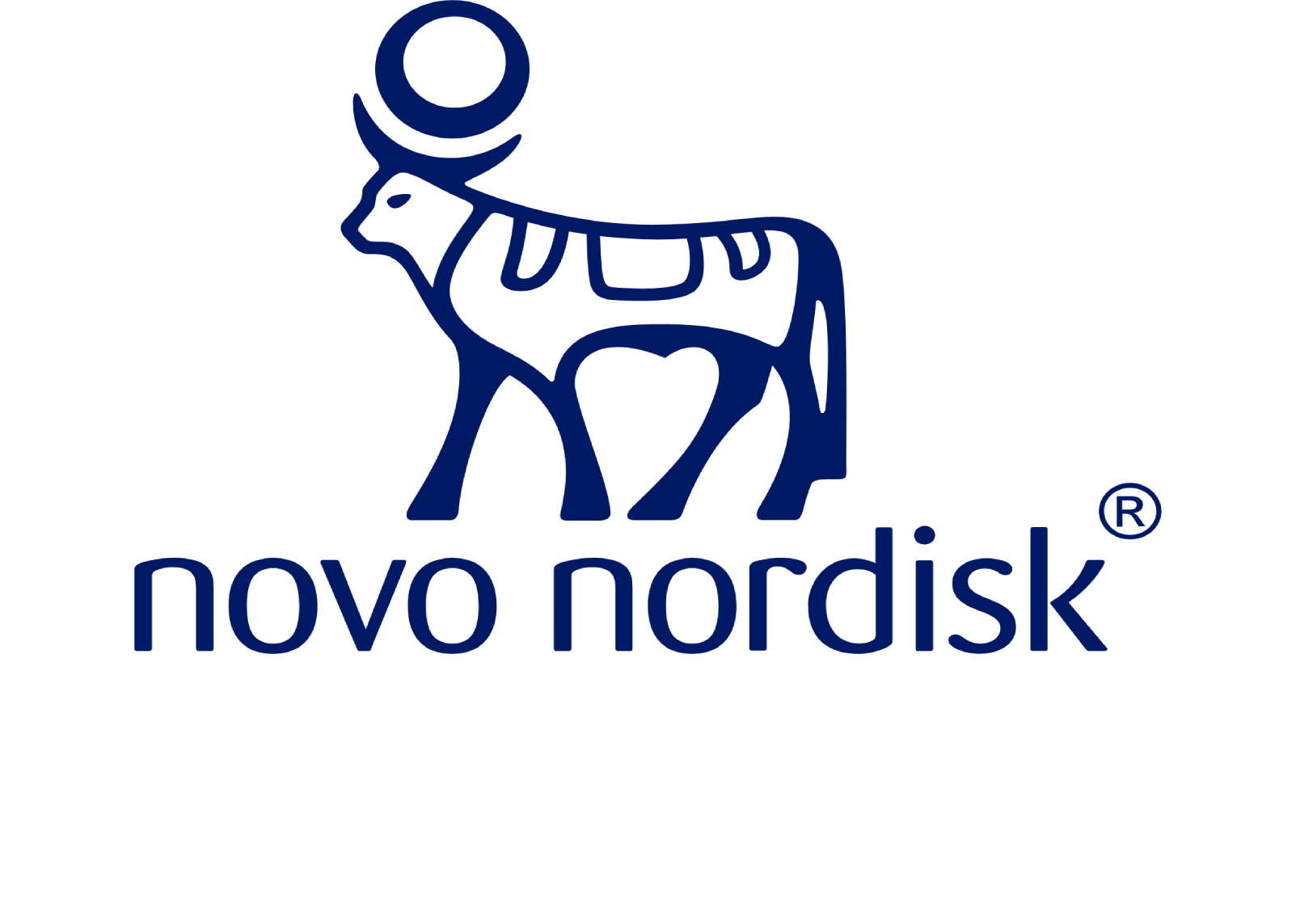Anything you want, we can simulate
We’re building the opportunity to simulate real-world processes with digital twins.
Increasing production capacity to meet the demand for our products is usually a very long process. And this is the situation that Novo Nordisk is facing. Global demand is increasing and to keep up with this demand, we’re building new factories, expanding existing ones, and also acquiring other factories to be refurbished and upgraded. However, there is potential to make this process more efficient – and that potential is being explored and developed through digital twins.
“Imagine if I gave you the opportunity to express any idea you have ... you could actually test that and simulate it, as though it were in the real world, by having a digital twin, which is an exact copy of your physical equipment. Whatever you can do in the real world, you can almost replicate entirely in a virtual environment.”
Omar Hajir, Head of Product Supply Industrial Metaverse Technologies
In short, a digital twin is a digital representation of a real-world entity or system. A digital mirror of any unique physical or future physical object, process, organisation, person, or other abstraction. Composed of data, the digital representation can be contextualised and aggregated with other digital representations to allow the modelling and simulation of real-world scenarios – from a factory to a production line, amongst other things.
“What we’re trying to achieve is to find a smarter and more intuitive way of doing design of new facilities, new processes, new production lines. It is to figure out how can we simulate processes in order for us to optimise them.”
Omar Hajir, Head of Product Supply Industrial Metaverse Technologies
Throw it into the 3D BIM Platform
The foundation for digital twins is data. Large amounts of data that can be placed into a 3D Building Information Modelling Platform – or 3D BIM – containing everything from factory blueprints to production equipment. More data equals more complex scenarios to simulate, with the aim of improving efficiency in everything from the design of new facilities to pre-testing of equipment and facilities, purchasing new equipment, and finally improving existing facilities without halting current production.
“You can't just go down to a factory and say, let’s stop production because I want to test something. That is not an option. But being able to simulate an existing production line will allow innovative ideas and improvements to be tested, and we’ll be able to see the results much quicker without having to wait for a shutdown in production.”
Omar Hajir, Head of Product Supply Industrial Metaverse Technologies
The first step of many
Getting to that point is within the foreseeable future. Having worked on the project for the best part of a year, the project team composed of product owners, business analysts, change management consultants, automation specialists, process engineers, and solutions architects have moved into testing the feasibility of digital twins in a pilot project. The pilot includes a design phase, a process simulation, and a virtual commissioning element, and it is being tested on the process of filling, washing, and sterilisation to prepare it for packaging and shipping. The threshold for success is determined by showing that the virtual simulations can significantly reduce time in preparation for a factory acceptance test – which is the testing of equipment before it becomes part of the production line – and reduce the number of errors that need to be fixed once discovered. Being able to spot, and fix, any potential challenges virtually can make a big difference in terms of efficiency.
Although the project is still in its early stages, the potential for growth is significant. The key is to collect and organise enough data to simulate almost every detail of a given scenario.
Organising those new opportunities, managing the data, and including it in the simulation are all part of maturing the project as it moves forward and expands across the organisation. Then, it's about percentages. Running the simulations and seeing by what percentage each process can be improved through Digital Twins allowing Novo Nordisk to meet global demand for our products faster. And then, in time, being able to simulate every possible part of the design, building and production process – allowing optimal use of resources and materials, virtual remote control of production and discovering any potential error well in advance of it becoming an issue at all.
/f/239067/1920x1080/f0326a9bec/aws_partnership_hero.gif)
/f/239067/1920x1080/afdcbf6e9b/hero_fallback.jpg)
/f/239067/1920x1080/d0b1e11229/hero.gif)

